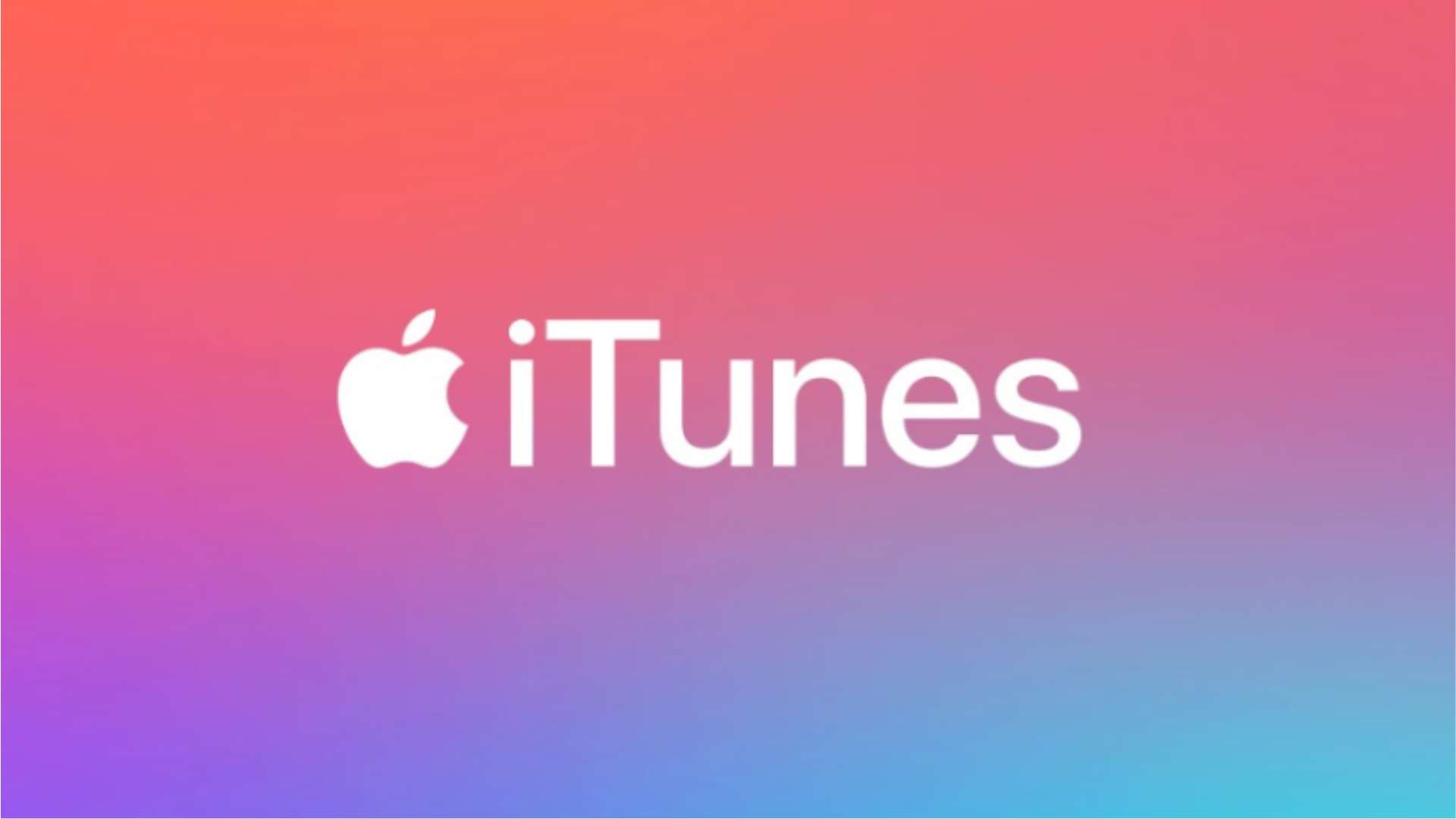
SoundCloud’s Music Copyright Issues: Should Sigma DRM Join The Battle?
SoundCloud, a vibrant online music playground for independent artists, is now facing a major challenge from digital copyright issues. In today’s article, find more about the current situation and explain the reasons why SoundCloud should use Sigma DRM software from Thu Do to ensure their artist’s safety.
Reason behind SoundCloud success
The Holy Grail of musical artist
As mentioned above, SoundCloud is one of the online applications specializing in music and audio, which they claim to be “the world’s largest music and audio platform”, officially operating since 2008. Besides famous online music streaming applications such as Spotify, Apple Music, Zing MP3, the platform always has its directions and gaps on the current online music streaming platform.
After 17 years of operation and development and always putting the community first, Soundcloud has served many of its file customers, along with many other development and operational purposes. A large portion of the users will use the application as a library to store music and audio according to their preferences and needs. The rest are artists, who see this as a great place to develop their music and podcast careers.
Because of its simple interface and way of working, artists have been the place to discover their debut albums for the company and it doesn’t cost anything. Notable examples include Billie Eilish with her debut single Ocean Eyes in 2015, legendary rock group Sonic Youth and electronic music producer Moby, and Halsey with Ghost in 2014.
In addition, it is a bit like YouTube in that anyone can upload their content. When it’s public, everyone else can find and listen to it. Emerging musicians often put their music on SoundCloud; podcasters will share their shows on SoundCloud; While Sound Engineer (also known as producers) regularly upload their projects or experiments related to sound like type beat…

Great Feats of SoundCloud
SoundCloud is an open platform. Some audio streaming and hosting services have strict terms of use, creating many complex barriers between users and their content. As for SoundCloud, they always find ways to optimize and make sharing and streaming audio easy and transparent. Here are some reason why user and music artist prefer SoundCloud over Spotify and other music streaming platform:
Turn left, take on a different corner!
Instead of placing itself and following the familiar approach, since its first days of establishment, the platform has always aimed to develop and identify itself as a place for underground artists, as well as indie artists who work independently, not signed to any record label or organization.
Everything for their users
Since 2010, when the record industry was going through a serious revenue crisis, signing a promotion contract with a record label became less attractive than ever. Underground and indie artists, instead of signing strict agreements with producers and labels, started to look for ways to distribute their music to cut costs and be more connected to their users.
And SoundCloud stepped into the market as a savior at that time. The platform’s policies were also very friendly and generous to consumers such as:
- No song upload limit – and it’s completely free!
Yes, artists saw this as a once-in-a-lifetime opportunity for independent artists to upload all their products to the market without any difficulty in the distribution process. Even the duration of posting songs can be up to hours.
And best of all, all they need to pay is the time and effort for their music without caring about the price, because SoundCloud does it completely for free. They do not have to worry about weird surcharges from record producers and can freely post their music anytime, anywhere they want.
Although currently, some terms have changed to suit the current development situation of SoundCloud, this is still one of the biggest bright spots of SoundCloud in the world’s audio production industry.
- No need to post through complicated intermediary systems
All users need to do is post songs through the system and after a few simple steps, all the files they want will be posted on the system without having to go through any complicated management or intermediary systems.
- The platform of freedom and connection
Stepping up and pioneering the movement of connection and community building, SoundCloud allows independent and underground artists to freely connect and make music, communicating directly with their audiences on a digital platform.
Comparing SoundCloud to platforms like Facebook, Vimeo, or Flickr that only allow users and artists to upload music, SoundCloud emerges as a 3-in-1 environment: an unlimited upload server, an extremely convenient workspace for artists, and a step forward.
The problem arise!
When features are the problems!
SoundCloud was well-known for their massive user fanbase, which set them apart from their competitors like YouTube or Spotify. But there is a catch to this system!
Because SoundCloud emphasizes diversity, this music platform will have certain limitations in digital copyright management. Allowing users to freely upload cover content increases diversity but is subject to copyright.
The veil unfolds
The current state of music right protection on SoundCloud
SoundCloud, like many digital platforms, has faced the ongoing challenge of protecting content rights. Despite efforts to implement robust copyright protection measures, the platform has encountered persistent issues related to illegal content sharing.
In an attempt to address these concerns, they partnered up with Audible Magic, a technology designed to identify re-uploads of music and detect copyright infringements. While the technology holds promise in theory, there’re still limitations. One notable shortcoming is its inability to accurately detect songs with subtle differences, such as re-ups with lower quality or longer duration.
Soundcloud’s ability to allow users to upload music freely also encourages illegal uploading. If you want to find a song by any Indie artist, you can see that the original song is lost in thousands of other re-ups and re-ups. Some re-ups even have higher views and interactions than the original song.
Consumer are the reason
Consumer awareness plays a crucial role in combating illegal content sharing. Despite efforts to educate consumers about the importance of respecting copyright laws, many individuals continue to engage in practices such as downloading pirated music. According to reports from the International Federation of the Phonographic Industry (IFPI), in 2018, over 32% of music listeners worldwide were still using pirated and copyrighted music.
Frances Moore, CEO of IFPI, commented:
This report also shows the challenges the music community continues to face – both in the form of the evolving threat of digital copyright infringement as well as in the failure to achieve fair compensation from some user-upload services. Policymakers around the globe have been scrutinising these issues and increasingly acting to address them.
Source: https://www.ifpi.org/ifpi-releases-2018-music-consumer-insight-report/
The Impact of Copyright Infringement
Impact on Artist
SoundCloud has played a pivotal role in launching the careers of numerous indie artists, providing a platform for them to share their music with a global audience. However, in recent years, some artists have begun to distance themselves from the platform due to concerns surrounding copyright protection.
One notable example is Kien Trinh, a prominent Vietnamese indie artist who has publicly expressed his frustration with the prevalence of illegal music uploads. Despite having deep roots in the platform, Kien has announced his decision to delete his account and cease supporting illegal uploads.
Or like KidBuu, a rapper who uses the SoundCloud platform to facilitate illegal music plagiarism, violating the artist’s rights. He uses the SoundCloud platform to transform other people’s works and claim them as his own, such as using Trippie Redd’s beat and rapper Yeet’s “No Feel” in his recent song.
Many other indie artists and bands, including rapper bbno$, Sonic Youth… have also encountered challenges related to copyright infringement on SoundCloud. The platform’s failure to adequately address these issues has led to a growing number of artists seeking alternative platforms with more robust digital rights management (DRM) systems.
Impact on SoundCloud itself
Kien Trinh was not the only victim of illegal uploads through this platform. And if it does not make timely adjustments in the management of digital music rights for their artists, many more individuals will choose other forms and platforms with better digital content rights management (DRM) systems to protect their efforts and intellectual property.
Alongside from partnering with Audible Magic, SoundCloud should also enter into contracts with other digital rights managers to ensure that their independent artists have the right to protect their content and allow them to distribute it to those they license and allow to post it.
Read more: https://vietcetera.com/vn/kien-roi-soundcloud-chung-ta-co-dang-de-tinh-voi-nhac-lau
Solutions for copyright issues on SoundCloud and Thu Do Multimedia
From SoundCloud
Each process of transmitting digital content requires different stages to ensure that the rights of artists are put first. And in an environment that promotes creative freedom as well as the diversity of digital content, personal issues should be respected even more.
To ensure that process, SoundCloud must sign with other external copyright management parties to prevent any unwanted case from happening.
From Thu Do Multimedia and our solution – Sigma DRM
Understanding the current situation of SoundCloud, in the role of a leading provider in Vietnam and Southeast Asia in managing and operating digital content, Thu Do Multimedia is developing our own digital rights management system with the hope of addressing this problem, by the name of Sigma DRM.
More about DRM
DRM stands for Digital Rights Management. It is the use of technology to control and manage access to copyrighted material. Another meaning of DRM is the transfer of control of digital content to a computer program. DRM aims to protect the rights of copyright owners and prevent content from being distributed or copied without permission. Sigma DRM is the official name of our product, produced by Thu Do Multimedia.
For businesses operating in the music and audio industry like SoundCloud, security needs to be a top priority. Sigma’s DRM solutions can solve the difficult problems that the application still faces: copyright and pirated music.
Sigma’s DRM solutions can also allow independent musicians and artists to clarify and control what people can and cannot do with their content and resources. The solution also allows them to protect copyrighted material, safeguard their creative and financial investment in their works, and prevent their media from being pirated or illegally shared on the platform.
A long-term investment, here at Thu Do Multimedia
Sigma DRM solution is considered an exclusive solution, only available at Thu Do Multimedia (Vietnam), leading in the field of digital content management and protection when released. Digital Rights Management (DRM) is a technology that can help protect copyrighted content from unauthorized access, distribution, or modification. By implementing DRM, SoundCloud can significantly reduce the risk of copyright infringement on its platform.
From the stage of content production at the studio to the time of display on users’ devices is a long journey, with many risks of leakage and copyright infringement at any time. Sigma DRM is the solution to help businesses escape the fear of having their intellectual property rights violated.
After going through many steps like that, copyright can hardly be absolutely protected without a timely and comprehensive protection solution. Although businesses can use many different solutions at each stage, the problem of optimization and ensuring the highest security is always a challenge that needs to be solved.
Each current DRM solution is usually only optimized on certain platforms. The combination of many different methods will help increase overall security. Sigma DRM is completed and achieves 100% security accuracy, which is also considered a comprehensive difference compared to other competitors, stopping illegal uploads from appearing on SoundCloud once and for all.
Learn more about our product https://thudomultimedia.com/drm-solutions-management-media-content/
How our solution operating on music and audio platform

When quality meet standards
Thu Do Multimedia’s Sigma DRM solution is certified. Many leading Vietnamese and international studios and production houses choose Sigma DRM as their leading solution for managing their intellectual property. However, some regions or countries require compliance with specific security standards, and relying on a single solution may not be enough to meet these requirements.
Through more than 14 years of development and constant service innovation, we can proudly said that our products have continuously improved and gained a foothold in the international market. Especially, in December 2019, the DRM solution to protect digital content copyright with the commercial name Sigma DRM of Thu Do Multimedia Joint Stock Company (Thu Do Multimedia) was inspected and certified by Cartesian to meet international security standards. Cartesian is an organization specializing in inspecting security products in the world.

CONCLUSION
As an environment that develops for the community, SoundCloud must make adjustments to keep up with market trends and retain its artists. And the issues surrounding copyright and pirated music, although difficult problems, can be solved if there are timely measures and applications such as the Sigma DRM solution of Thu Do Multimedia and other solution from different company.
If your company operates on an online music platform and needs to protect the content of your artists, please contact Thu Do Multimedia immediately to receive the most optimal solution at the most reasonable price, specifically for your business.
Please leave your information about your business below to receive our feedback as soon as possible!








Recent Comments